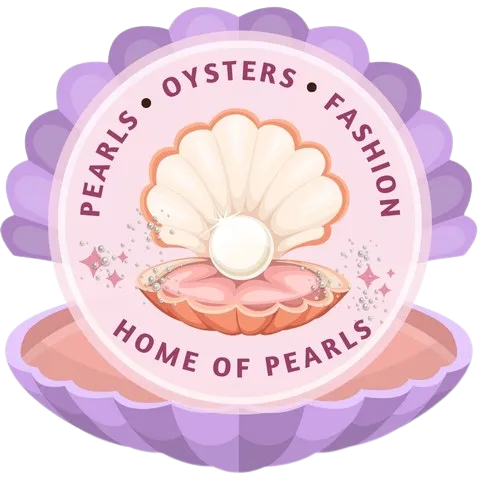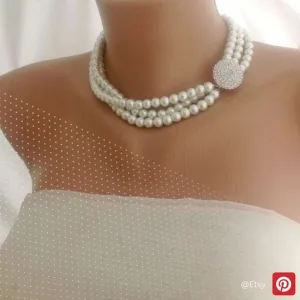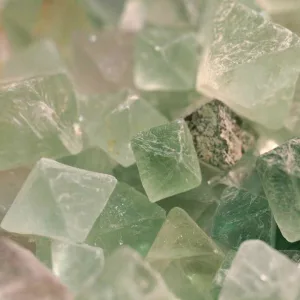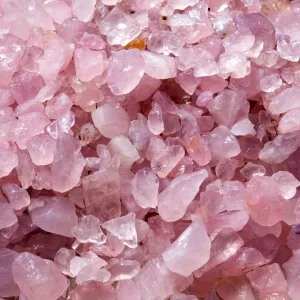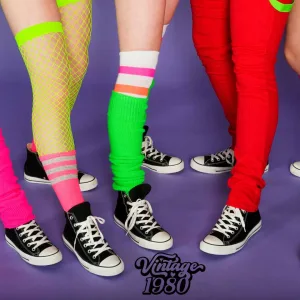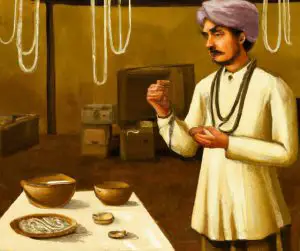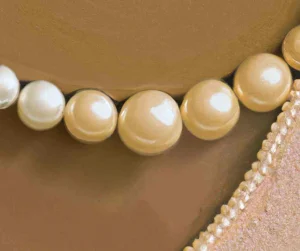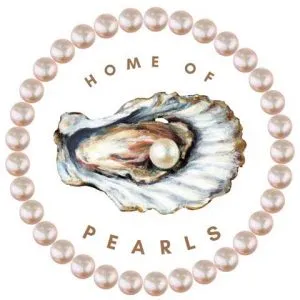When it comes to the ocean, few sea creatures are as interesting and valuable as the crab. Not only are they hardy and capable of adapting to various habitats, but they also have a wide range of uses in human society. One such use is the production of pearls: small objects made from calcium carbonate that can be found within certain species’ shells or bodies.
These pearls are usually round and white when first formed but may take on different colors or shapes over time due to environmental factors like exposure to light or heat.
The most common source of natural pearl formation comes from oysters; however, certain types of crabs also produce them by secreting nacre within their bodies which is then expelled as tiny pellets onto their shell’s surface where it hardens over time into actual gemstones called “baroque pearls.”
Table of Contents
What is the value of a crab pearl?
The value of a pearl depends on the size, color and quality. Also, who you sell it to and what type of pearl it is will affect its price. For example, if you want to sell your pink goldfish pearl ring, you might find that the open market is not interested in buying your ring because there are so many other sellers offering similar items with better features at competitive prices.
This could mean that your item may not fetch as much money than expected. However, if the buyer were looking specifically for this type of ring or had no interest in other types of rings then they would pay a premium price for yours as there would be less available supply compared with demand.
A well-made pearl can be worth up to $100,000!
But wait—don’t go running off to find yourself some sweet pearls just yet. Crab pearls aren’t real pearls; they are actually made out of shell material that forms around an irritant or other foreign object that gets stuck inside the shell while the crab is growing.
How do you get a pearl from a crab?
When you think of pearls, you probably envision a beautiful gemstone with a smooth surface and lustrous luster. Pearls are formed when an irritant gets into the oyster’s shell. The irritant is then coated in layers of calcium carbonate, which continue to build upon one another until the pearl is complete.
The same process is unlikely to happen in crabs. Indeed, these concretions in crabs (especially the king crab) is composed of the same material as the outer covering of the crab (also known as a carapace).
Takeaway
A crab pearl is a rare gem that can be worth a lot of money. It is important to know how much your crab pearl is worth before you sell it or try to make some money off of it.
